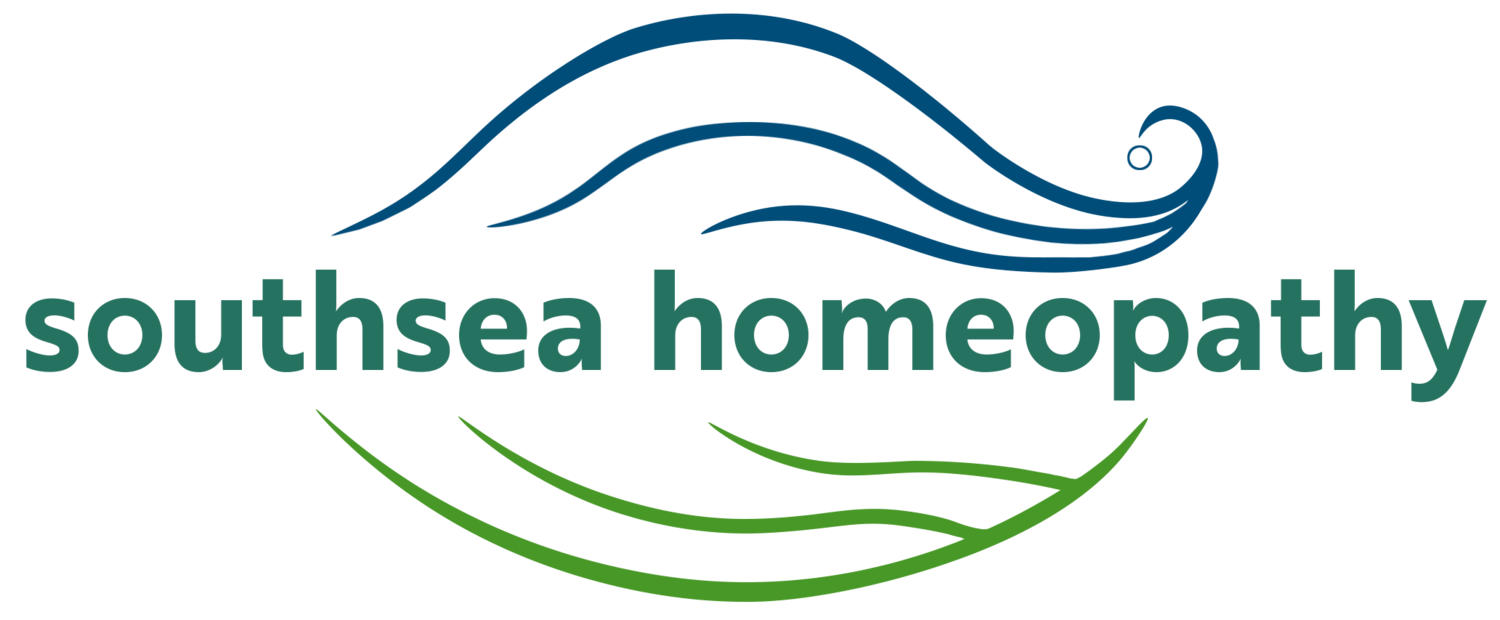I've always been intrigued by how obscure substances have been found to contain medicinal properties. Who, for example, thought it might be an idea to see whether the morbid secretion of a sperm whale might just work a treat to help women who are acutely sensitive before their period? The mind boggles.
Less obscure is the ancient Doctrine of Signatures. The doctrine states that natural objects which resemble a particular part of the body contain properties with the ability to cure illnesses occurring there.
The homeopathic pharmacy is full of beautiful examples of this doctrine. The remedy Euphrasia is made from a flower whose common name is Eyebright and which looks like a bright blue eye. And guess what? It's used for all sorts of eye issues from the red, itchy eyes of hayfever, to eye injuries. My scrap-loving cat has had Euphrasia countless times; he swears blind that homeopathy is just placebo though (pun intended).
The indispensable flower Calendula with its ragged leaves works wonders for the similarly jagged grazes on your child's knee. Ginkgo Biloba (see image), which is famed for its use in addressing many of the symptoms connected with the ageing process, is the oldest living tree species and is known as a living fossil.
It's a great reminder, I think, of how nature provides all the answers, if only we'd let it speak. Having said that, as a modern day homeopath, I'm extremely grateful that my esteemed predecessors have done the hard yards, and it's not down to me to discover that the cracked and ulcerated nipples of breastfeeding mothers can be greatly relieved by Castor Equi, the thumbnail of a horse.
Bye for now and thanks for reading.

